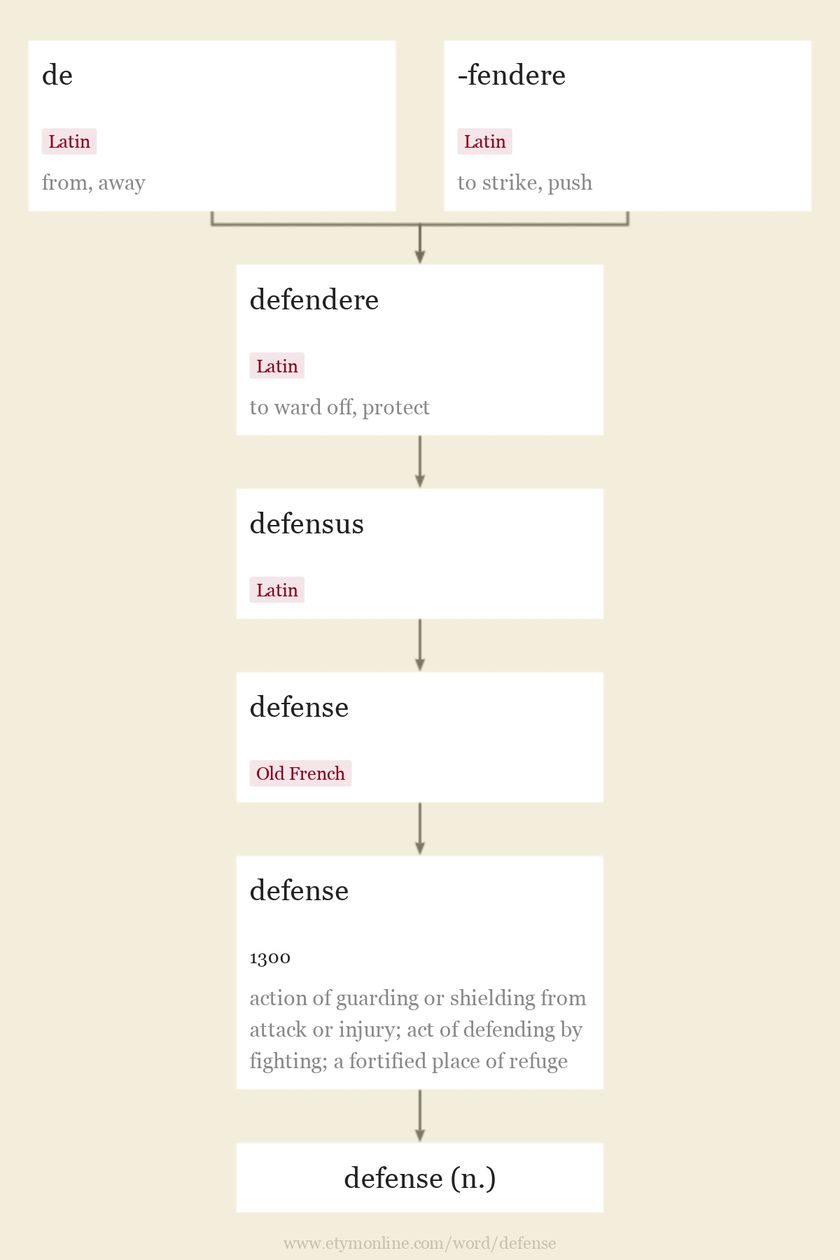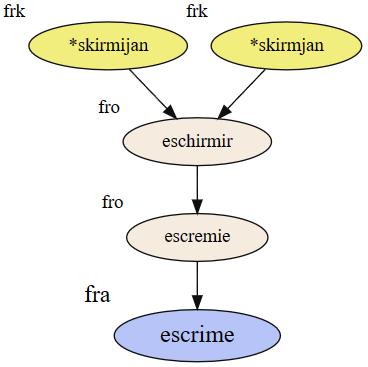this post was submitted on 01 Apr 2025
31 points (100.0% liked)
Linguistics
798 readers
34 users here now
Welcome to the community about the science of human Language!
Everyone is welcome here: from laypeople to professionals, Historical linguists to discourse analysts, structuralists to generativists.
Rules:
- Instance rules apply.
- Be reasonable, constructive, and conductive to discussion.
- Stay on-topic, specially for more divisive subjects. And avoid unnecessary mentioning topics and individuals prone to derail the discussion.
- Post sources when reasonable to do so. And when sharing links to paywalled content, provide either a short summary of the content or a freely accessible archive link.
- Avoid crack theories and pseudoscientific claims.
- Have fun!
Related communities:
- [email protected]
- [email protected]
- [email protected]
- [email protected]
- [email protected]
- [email protected]
founded 1 year ago
MODERATORS
you are viewing a single comment's thread
view the rest of the comments
view the rest of the comments


I actually do HEMA, and have had a lesson or two specifically on Thibault. What the above analysis misses is that while Dutch, he lived at a time when Spain ruled over the Netherlands, and thus exported its distinctive style of fencing, known as La Verdadera Destreza (the main style I study). Whether Thibault "counts" as Destreza or not is a bit of a debate among Destreza practitioners, but at the very least his style shares a fair amount in common. Most crucially for our purposes, is the extensive use of non-linear (i.e., circular) footwork, which, according to Destreza authors like Caranza and Pacheco, is ideal for countering the direct lunge popular with the Italians.
The article's talk about high ground could be correct. I've not studied nearly enough Thibault to refute it myself, though I did note a comment under the article from someone who seems to have read it and refuted that claim. Regardless, it's not necessary for the dialogue to make sense.
Unfortunately, she's also a transphobe
https://www.youtube.com/watch?v=xfMFRdL_gTI
(I actually hadn't seen that video before just now, and am watching it as I write this. I stopped following her in 2022 after she did a crossover with Tom Scott, which led to wider attention on her transphobia, and to her being dropped from Nebula. I assume the video will cover those, but it's the discussion from at that time which I was already familiar with, not anything more recent.)
It never came up in any of the videos I watched. I'll delete my comment.
Yeah, I think she's learnt to keep her politics outside of her actual videos. She doesn't want the broader audience knowing about how transphobic she is, because, well...many of them would stop watching.
It's tweets, blog posts, Patreon, and the like, instead. Where only the most hardcore fans will see.